Chayse Irvin, ASC, CSC on the Cinematography of Blonde
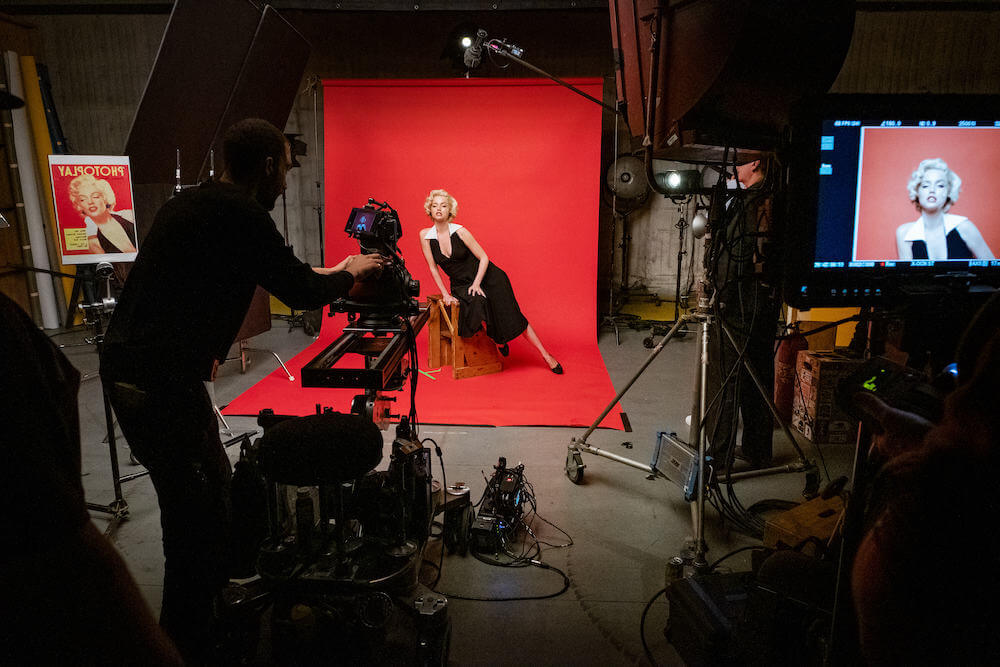
The path toward lensing great films is even more varied than the platforms that distribute them. In the case of Netflix’s Blonde, an artful balance between director Andrew Dominik and cinematographer Chayse Irvin, ASC, CSC, created an opportunity for viewers to rediscover the familiar story of Marilyn Monroe under a brand-new light. In developing a visual parlance to support the project’s ambition to recontextualize Monroe’s historic legacy, Irvin worked within a flow that some might consider more befitting of a jazz musician than a cinematographer.
Based on the fact-and-fiction-blending Joyce Carole Oates novel of the same name, Blonde stands out from other biopics as a particularly pliant playground for visual interpretation. The movie’s kaleidoscopic nature masterfully skews the worlds between Marylin Monroe, the studio-system box-office juggernaut, and Norma Jeane, the betrayed little girl who never gives up on her father.
Working with Panavision Woodland Hills to secure a package that included a Panavised Sony Venice and PVintage optics, Irvin used a mix of aspect ratios, formats, color, and a host of optical aberrations to breathe a life into the film that echoes what Oates achieved in her book. Panavision recently reconnected with the cinematographer to explore his creative approach to Blonde and the journey that’s brought him to this point in his career.
Panavision: Where did your affection for cinematography come from?
Chayse Irvin, ASC, CSC: My grandfather had aspirations of fulfilling his life through photography. However, the situation in America at the time limited his aspirations and he worked as a bus driver in Detroit. My father is a mathematician and was the top math student in Michigan. He lived in northern British Columbia after immigrating to Canada, where he led a very interesting life as the postmaster general in a small town amongst a rich Native American population. He had sled dogs and made pool tables for the local bar until he decided to study medicine at UBC. Now he’s a retired high school teacher of 30 years who spends his days in the garden. My mother is a musician, a jazz vocalist specifically.
Sounds like you were led by legacy.
Irvin: I was gifted the opportunity to observe my mother's creative endeavors and her sincere obsession with continuously rehearsing songs in the music room. She was part of a community of jazz players she spent time with in the studio or doing a set while still finding time to be a painter as well. It means a lot to me to know that on both sides of my family I had very creative people, one photographic and one musical.
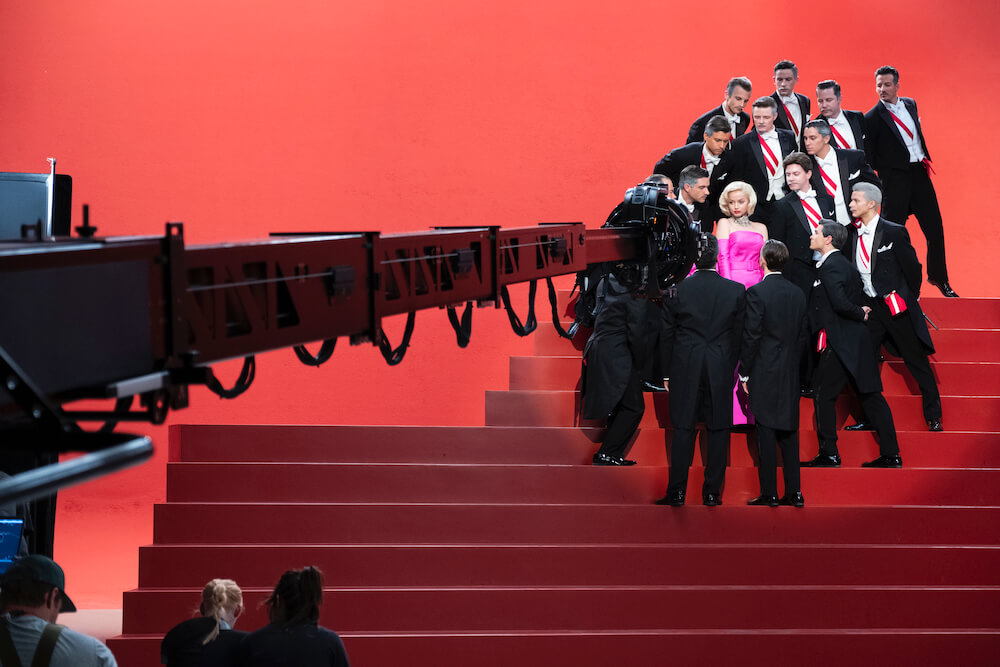
Which recalls the striking images you’ve created at that very intersection, with music videos you’ve shot for artist like Leon Bridges, FKA Twigs and Beyoncé to name a few. How has music influenced your approach toward the craft of cinematography?
Irvin: Coming from a jazz musician, the discipline is a little bit skewed. It's an art form that uses intuition and spontaneity to articulate on artistic whim, which often comes from acting in the moment of inspiration. Most things are really difficult to do in that realm. It’s done constantly in sports — a player gets the ball and they react to other players spontaneously so they can essentially coerce elements of the game with their play. There’s less thought involved because by the time you think about something, it's already too late. It’s about achieving a certain level of conditioning through practice so that when you're in the game, you perform how you want opposed to how you can. On a cinematographic level, those are the aspects that I've really latched onto and that I’m hoping to harness even further as I grow.
What is that conditioning for a cinematographer? What keeps you in shape?
Irvin: I learned a lot from others. Not through necessarily observing them on set and working, but through binge-watching films. At some point in my early 20s, it was three movies a day, and I would write down the dynamic of emotions that I felt and save the clip of the film that I was feeling. Then I would read about the cinematographer or director's aesthetic view or approach, because they all basically have certain philosophies.
The ability for individuals like Henri Cartier-Bresson or Alex Webb, amongst other photographers, to use composition with geometric shapes, silhouettes, and positive and negative space while also doing what's called ‘capturing at the decisive moment’ is something I’ve always admired. They can sense something is about to happen, and they pull the trigger just as that moment's coming to fruition. It's completely lacking any type of thought and always intuitive
It’s different from traditional filmmaking because a lot of filmmaking is about preconception, like architecture — you figure out a visual structure and you stick to it rigorously. On things I’ve been working on, I’ve taken that idea and I’ve flipped it, making it less rigor and almost more whimsical. When I'm inspired, I need to act on it. There's a meaning there, and I may not know what it is, but I can sense it. Maybe it will tell me later, but right now it’s speaking to me, and that’s something I try to stay in tune with.
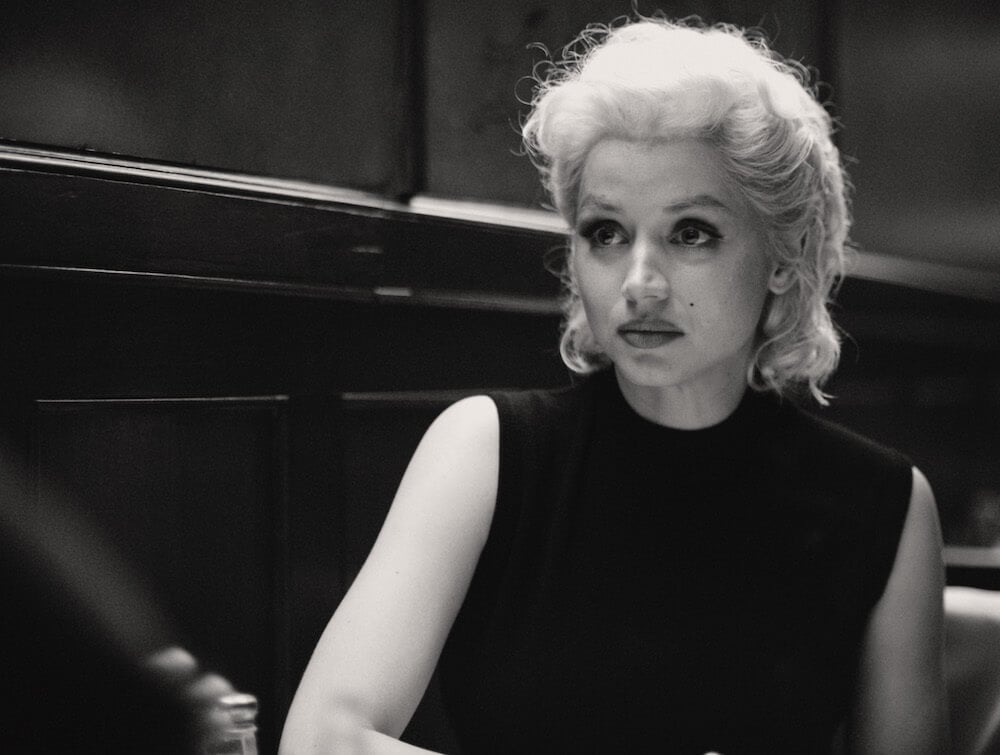
How do you maintain that tune as you collaborate with different directors and departments?
Irvin: I was 12 or 13 when my parents converted to Taoism and I learned of the Eastern philosophy of Wu Wei. It essentially translates into inaction or non-action but in the sense of flow state. I've worked with certain directors who have helped me harness a flow state, which to me is the apex of my creativity, a state where the cinematography in the film is almost shooting itself and I don’t impose anything. Everything is going to get done as long as you absorb it and let it happen. It’s the metaphor of a stone cliff that the wave hits, and you're like, ‘Wow, that stone was so powerful. The water has nothing against it.’ Then you flash forward 2,000 years, and that cliff has been completely decimated by the water.
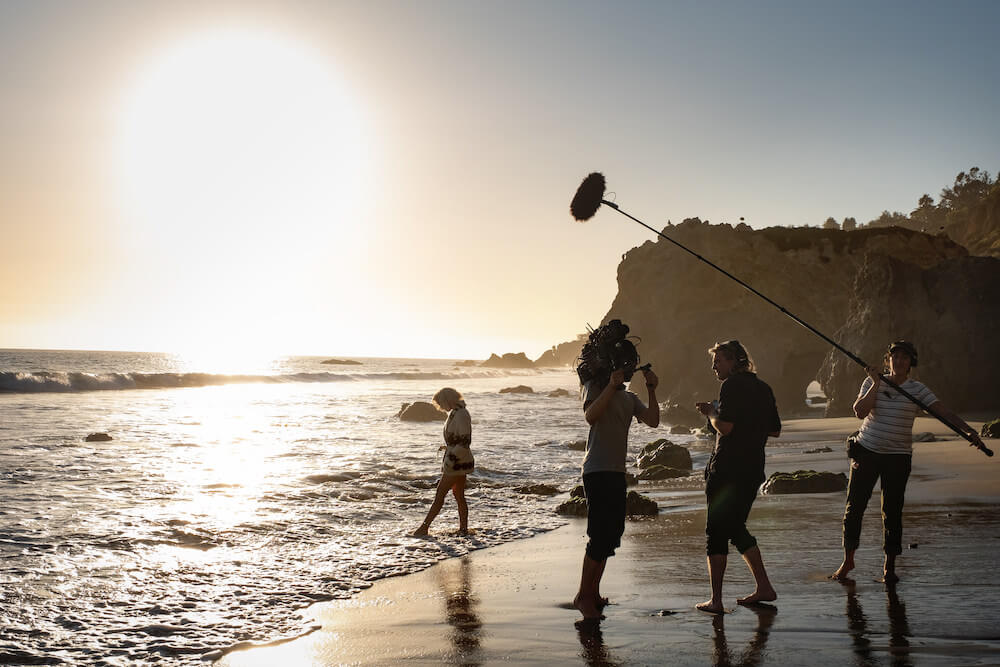
As the director of photography, so many of your responsibilities are rooted in problem solving. What’s your technique for success in that?
Irvin: I see it less about technique and more about philosophy because then it becomes an intuitive thing. If you have the philosophy, it's rooted in something that has the answer already. Cinematography is a two-dimensional image, and one of the goals that we strive for is to create the illusion of depth. If it appears to be there in 3D, we know it can create a hypnosis in the spectator, so we develop ideas and techniques on how to create depth, which can actually happen in a couple different ways. It can be part of the visual structure, but it can also be a part of the emotional structure. The best cinematography is when the two create a harmonious wavelength; the emotional stuff radiates outwards from the screen and penetrates the heart and the mind of the spectator — or maybe even the stomach if it's filled with tension and fear — while the other form of depth works as the illusion, creating an image that puts the person into a state of hallucination or captures them in a way that they're looking at something because it feels like it's coming towards them or it feels like there's a veil over something.
A veil?
Irvin: One of the things I have in my artistic ideology is called ‘the veil of the erotic.’ It's based off of some teachings I read in regard to the philosophies of Friedrich Nietzsche and this concept of the natural attitude.
In almost every experience in life, your brain is constructing most things based on association or memory so that it can concentrate. That experience happens in cinema — if I compose an image that crops someone's head out to just see their torso, the spectator doesn't scream in horror, they see the head from memory. They're using associations from their own experiences as human beings to render what they need to see. It’s a form of naturalism that I keep in my mind: ‘The more you can conceal, the more it will require the spectator to project onto the screen their own experiences as a human being.’
That's a technique that I use a lot, especially when thinking about to positive and negative space. A silhouette I would consider a negative space — you're creating a shape of an individual that is a completely black, almost geometric shape. Positive space is where the background becomes really dark, which is something we did a lot in Blonde; the spatial clarity was completely manipulated. There are images where the camera's really close to her and the background turns to black and all you see is her. Observers see the beauty in it, not necessarily because of the technique, but because they're connecting with something emotionally. The two are singing the same song.
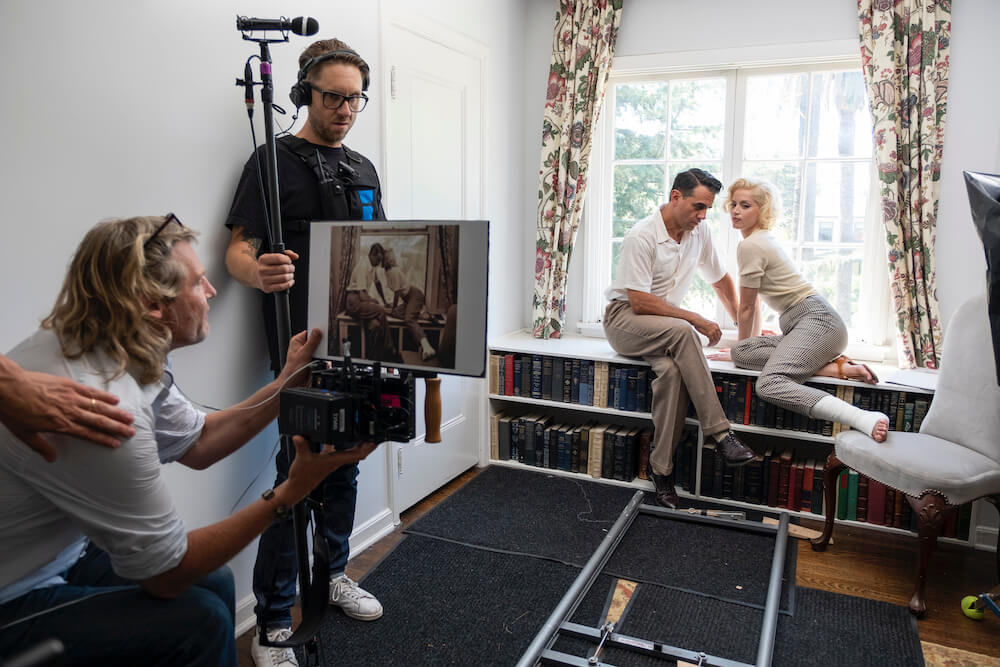
With such strong philosophical underpinnings, what does preproduction look like for you?
Irvin: One of the things that I use now in a more structured way — where in the past I hadn't developed the skills for it or maybe didn't understand because I was still emulating others — is my woodshedding process. My mother once shared a story with me where she used the term ‘woodshed,’ and I was like, ‘Oh, what's that? What's woodshedding?’ She said you would isolate yourself and come up with some sort of harmonic device, and you could take that harmonic device in isolation and stick it in your pocket, and when you're on a set and you want to take yourself out of the ordinary, you could pull out that device. On Blonde, I spent six months woodshedding. I would basically set up events where I would film a friend of mine in period clothing who has a classic, timeless look, on some black-and-white 35mm, and I'd try lenses. I was creating events that would stimulate happy accidents — a term that Conrad Hall [ASC] used — which became that woodshed element I'd have in my pocket.
In Blonde, there’s a ménage à trois scene where the image is distorting and the bodies are stretching. I found that look woodshedding after I purchased a piece of polycarbonate that was actually two-way mirrored. I did a shoot where I had someone look back at themselves rather than the camera. When I walked around to see what it looked like from the talent's perspective, I realized the mirror was not strong enough to support its straight angle. It was distorted and looked like a fun-house mirror. Months later, I asked the art department to buy two sheets that were the same spec I’d experimented with, and I kept them on the grip truck. When we were about to shoot the scene, I asked the grips to pull them off the truck, and we set them up. It wasn't anything that was discussed between Andrew and I. It was completely, ‘How do we create something that's different here? What if I did this?’ It was spontaneous.
That spontaneity feels like an unexpected quality from the camera department. As you said earlier, filmmaking is so often about preconception.
Irvin: We're in a weird period in film. The commodity of making movies is so mass-produced now that it's pretty rare that a really avant-garde movie can get made. But I'm trying to develop these skills to really push that new language. To me, it’s like Miles Davis. He came out of that scat jazz and bebop era, and it was as if all these notes were just crazy sounds. When he came out with his own thing, it stimulated so much in the spectator because it completely defied all expectation. It sounded fresh. I have a need for novelty, that fresh moment, that new thing that can be stimulated. That emotional thing is what I'm looking for.
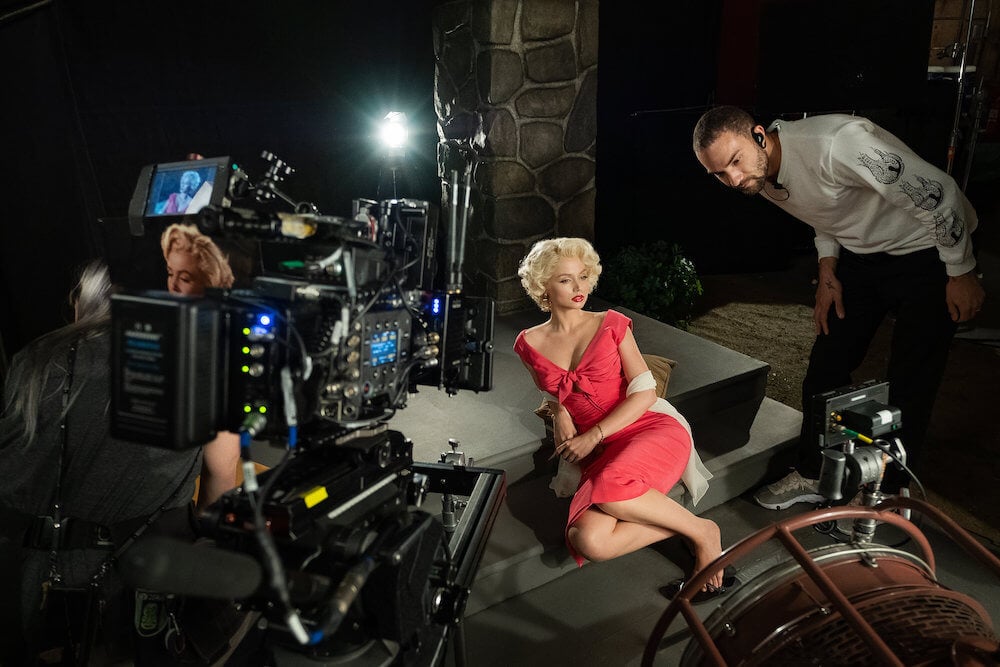
I'm more the guy who doesn't know what I want until I see it. I once had a meeting with Dan Sasaki [Panavision’s senior vice president of optical engineering and lens strategy], and instead of wearing a lab coat, he was covered in grease from his fingers to his elbows. I knew instantly that was the thing I wanted because it became more about human touch. I love a human touch. Technological advancements have been designed to promote the mechanization of humanity, but it's the humanness we’re trying to articulate and define in cinematography.
In fact, a lot of the optical effects that I ended up exploring on Blonde were from different elements Dan gave me. There's a sequence when young Norma Jeane's waking up and her mother's about to take her up the hill into a fire. The images of her waking up sort of open up and distort because I was taking an element, starting it at a steep 30-degree angle [in front of the lens], and then going 90 and back. It created these transitions that I was really happy with.
There’s one moment in the film where we have a close-up of the character Cass, played by Xavier Samuel, in a ménage à trois sequence. It's a close-up of his face, and he's speaking to Marilyn. On one take, I remember seeing Jimmy Ward, my focus puller, pressing the calibration button on the Preston, and it went far focus and then near focus. Watching the monitor as it did that, it stimulated that feeling of seeing something fresh. As it went to the wall and then sucked all the way back in, the image went almost entirely black at the same time because it loses exposure as it goes into the macro — but it happened rhythmically, so it looked almost like the light was fading with the perfect dim. During the take, as we were rolling, I just reached around the camera and pressed that button. Andrew’s trying to direct the actors, but I did it anyway, and I heard him going, ‘Oh my god, oh my god. What was that?’ He was so excited and happy. I saw an effect, I pushed that button, and Andrew found a moment that he used again later in the film.

Understanding that your prep process is about becoming familiar with the unexpected, what role does format and lens choice play in it all?
Irvin: I originally saw the film being shot on 35mm, but to support Ana de Armas' dialect in the film, we wanted to be able to shoot extended takes and roll for extended periods. Maybe two weeks before the shoot, I did the ‘Pepsi Challenge.’ I shot the Alexa LF and then the Sony Venice, both of which I had never worked with before, and I had some large-format and 35mm lenses. After the test, I felt like I didn't need the depth of field to be that shallow, I didn't need the background to be magnified in that way. The characteristics of the Super 35 lenses had harnessed my sentiment exactly at the time. I think Jimmy Ward started prepping two weeks in advance of the shoot, and I made the choice to use PVintage two days after he started. He was prepping different lenses and had to swap and prep a whole different set. I was discovering. It's hard to know what something is until you get to that point.
There’s a flashback sequence where I took a C Series 40mm anamorphic lens and rotated it 90 degrees so it desqueezed the image vertically, which created this look that I liked. The image is of her mother in black-and-white hunting her down in the house, and little Norma Jeane's crawling under a couch. I was inspired by a photographer named Bill Brandt who would create these portraits of people and shoot these things that were wide-angle and distorted, but it wasn't fisheye. It was almost like it was a normal field of view, but it still had distortion within it.
My favorite lens on the film was the 90mm macro. When we put that on and switched to full frame, it became the most beautiful portrait lens I've ever seen. It created this depth and beauty in Ana's face that I loved so much. I remember always being surprised and sort of under a spell whenever I saw it.
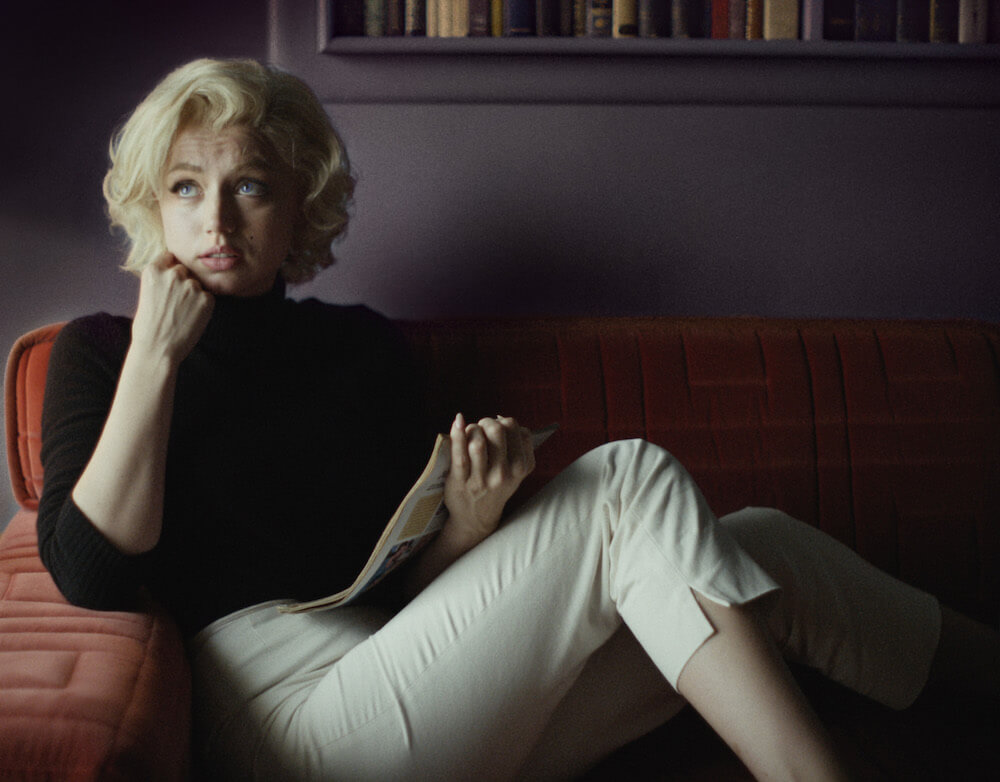
Andrew Dominik’s previous collaborators have included Greig Fraser [ASC, ACS] on Killing Them Softly and Roger Deakins [ASC, BSC] on The Assassination of Jesse James by the Coward Robert Ford. That’s a skillful band of filmmakers to be a part of.
Irvin: One of the things that I liked and learned from Roger Deakins is his visual structure and how rigorous he is with creating that language. The sequence [in The Assassination of Jesse James] where the train comes around the corner and the music plays was basically aesthetic mastery. I had never had such a cinematic experience in my life. I ended up going to the film eight times after that.
For years, I would try to adapt that and learn from that, but at this point in my life, it's clear to me that my instinct is almost the exact opposite. I’m compelled in a completely different direction, and it’s to harness this jazz and go in. Even the mixed aspect ratios [in Blonde] came up as I was working on a thing with Kahlil Joseph and he watched my demo reel. I had done some shoots that had a vertical aspect ratio and others that were widescreen, and my reel would cut between them. I remember one of the first things he said to me was, ‘I loved how you did that. I loved your aspect ratios.’ Whereas a month before that, another director came up to me while we were working together on a project in India and said that's what he didn't like about my reel.
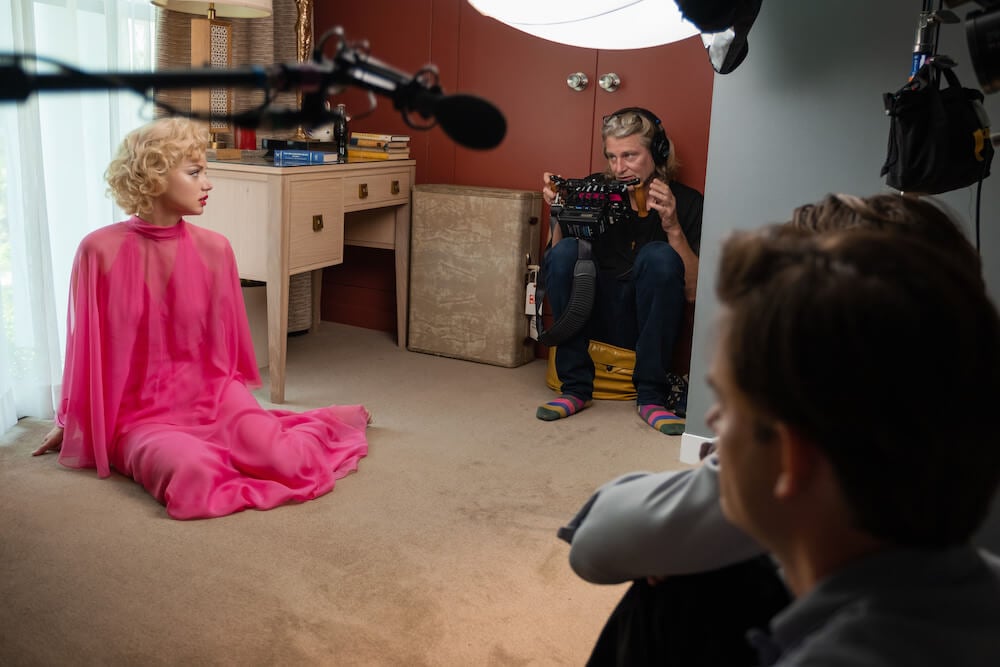
It's amazing to learn how you’ve managed to realize a cinematography career that’s not unlike a sought-after session musician. If we pay attention to the liner notes, we may notice that you’re responsible for a collection of visual storytelling that defies any algorithm — now and forever.
Irvin: I’ve been guided to do what Miles was doing and flip things on their heads and go in an opposite way and with ratios and formats. For me, the attempt is less conceptual and more functional. The thing that Panavision gifted me the most is the support to woodshed and the space to go out on these journeys. When camera testing, a cinematographer is usually going to have two cameras or switch lenses and look at the differences — it's more analytical — whereas I'm just looking to simulate events that can render happy accidents.
It's all about survival at a certain point when you're in a place that you don't have control over and you're trying to capture things. You're using a different part of your brain. Even though jazz is a different art form and still photography is a different art form, I just have to go with that lore.
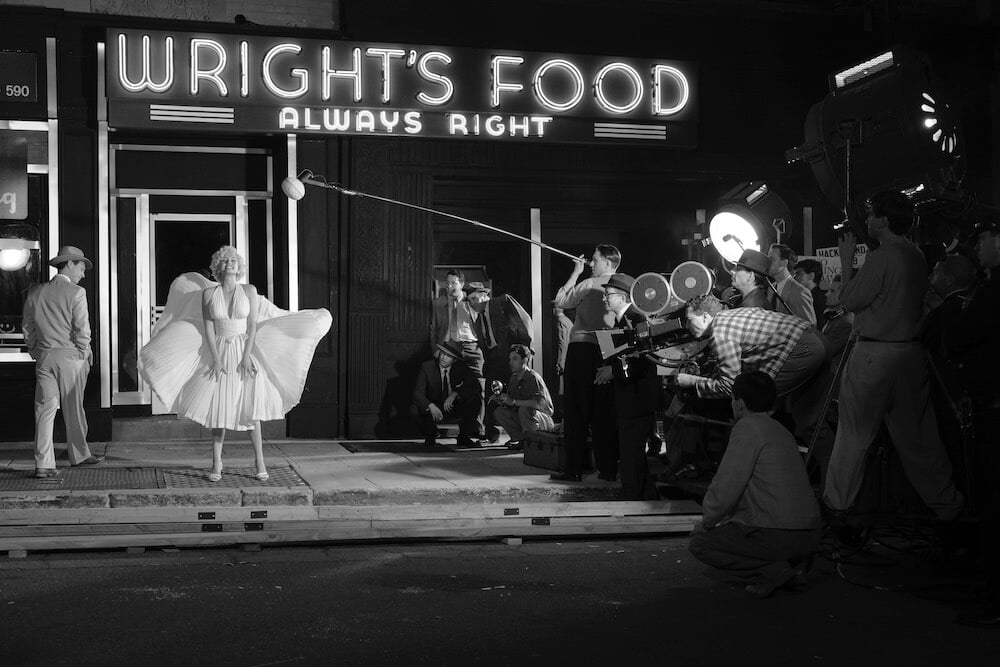
Unit photography by Matt Kennedy. All images courtesy of Netflix.